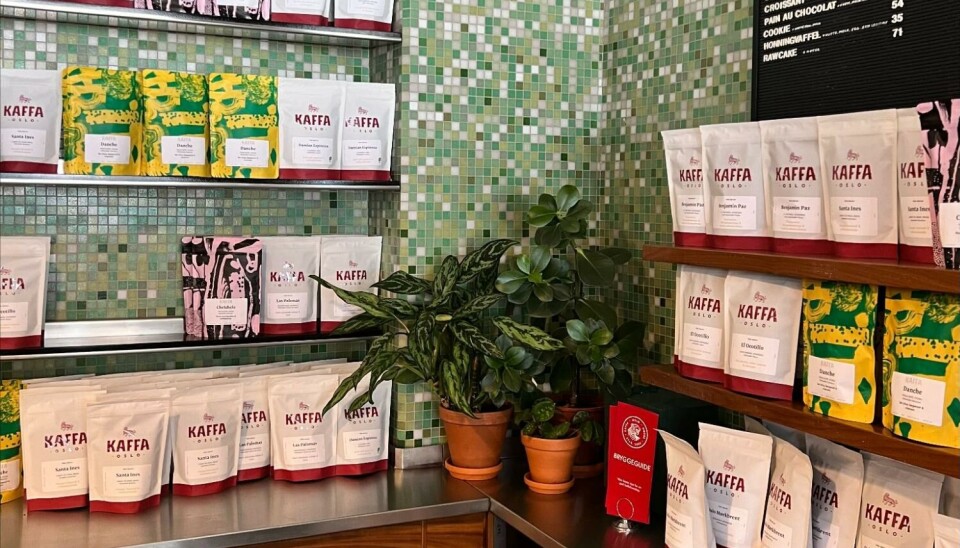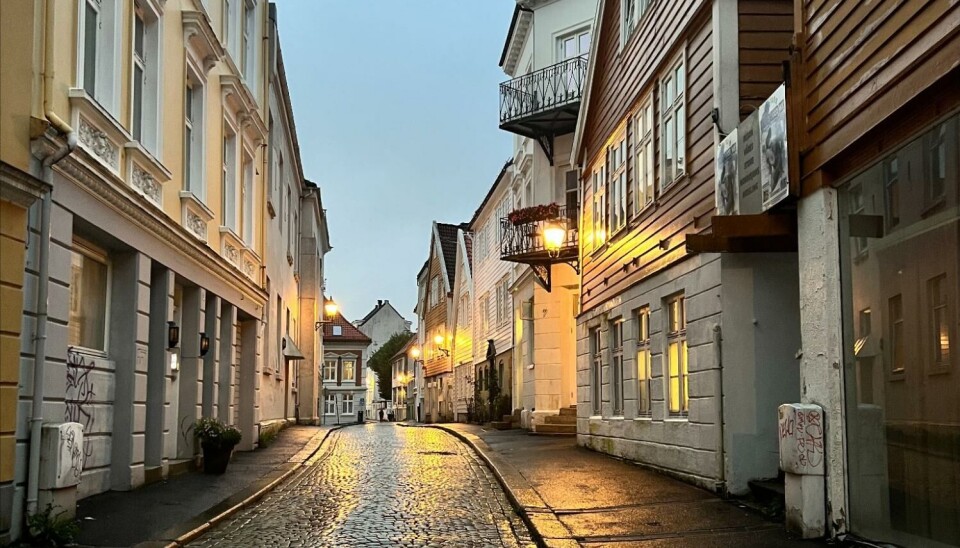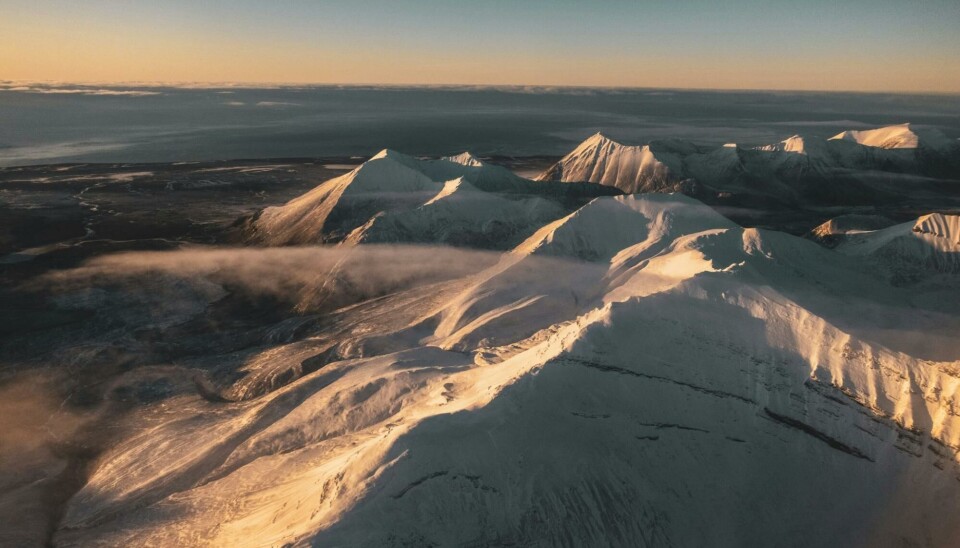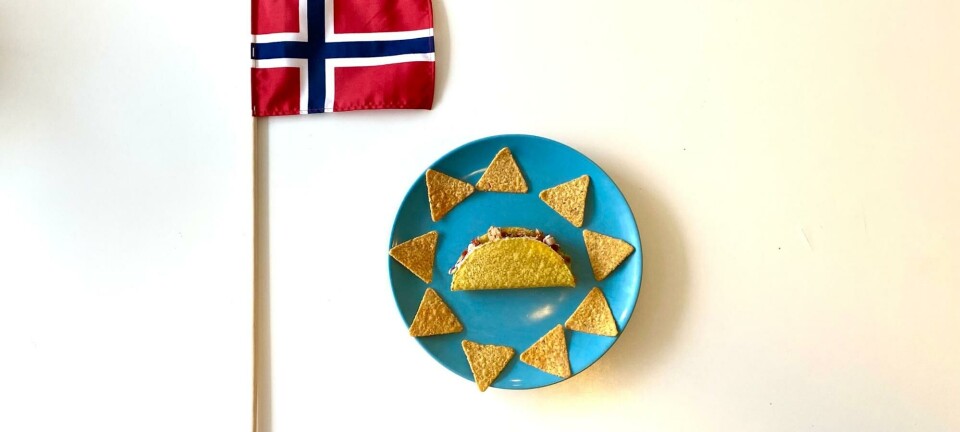#Facts

Norway by the Numbers
11 stats that capture Norwegian life
Welcome to Norway! Whether you’re a new student or expat, there are some things about Norwegian life that numbers explain better than words. From the lowest to the highest, here are 11 numbers that will give you a deeper insight into Norwegian culture.
Taco Friday: 2.78 kg of Avocados per Person, per Year
Yes, Taco Fredag (Taco Friday) is a real thing in Norway. The phrase ‘På fredag spiser vi taco’ has even been a regular guest in my Duolingo Norwegian course. Every Friday, Norwegians gather to eat tacos, and their love for this dish has catapulted them to the top of the European avocado consumption list. At 2.78 kg per person per year, they outperform countries such as Denmark and France, where consumption is around 2.4 kg. Germany and the Netherlands, on the other hand, are far behind with only 1.33 kg per capita and are probably more environmentally conscious in that sense. However, no one comes close to the taco capital of Mexico, where people consume a whopping 10.7 kg of avocados per person every year.
Coffee Culture: 11.43 kg of Coffee per Capita
Norway is among the world’s top coffee consumers, averaging a remarkable 11.43 kilograms per person each year—about 3.5 cups a day. This level of caffeine consumption is on par with Iceland, Finland, Sweden, and Denmark. In contrast, Germans sip significantly less, averaging 6.09 kilograms per capita, or roughly 2 cups a day — perhaps they're more inclined to enjoy milk with their coffee. Surprisingly, Italy, famed for its coffee culture, falls behind with an average of 5.51 kilograms per person, translating to about 1.5 cups a day. This might be due to their tiny espresso servings and a bit more daylight.
In Norway, coffee isn't just a morning ritual; it’s a social glue, a reason to gather with friends, or a comforting companion during quiet moments. Whether you prefer a robust black brew or a simple cup of kaffe, you’ll find yourself offered coffee nearly everywhere. And if you pay more than 25 NOK for a coffee in a mountain cabin, you’ll almost always have a free refill — because in Norway, when it comes to black coffee, more is definitely more.

Space to Breathe: 14 People per Square Kilometre
With just 14 people per square kilometre, Norway is one of the least densely populated countries in Europe, reflecting a cultural affinity for personal space and nature. If you really want to live in solitude, however, you might have to go to Greenland, the world’s least densely populated country with around 0.1 people per km².
In contrast, Monaco boasts an astounding density of approximately 25,000 people per km². But also countries like the Netherlands and Belgium are bustling with over 400 people per square kilometre, making Norway’s open spaces feel even more appealing. So, when navigating social situations, remember that a little distance is an integral part of the Norwegian way of life. Don’t be surprised if people prefer not to sit too close on public transport — it's part of Norwegian politeness.
Light vs. Darkness: 19-hour Days Meet 18-hour Nights
The extreme daylight conditions in Norway are well known, but let's take a closer look at the numbers. In June, the sun shines for 19 hours in Oslo, giving you plenty of time for adventure. But in December, it's only light for 6 hours and the nights last 18 hours — perfect for afternoons of hot chocolate and cinnamon buns.
If you think that's wild, Svalbard takes it up a notch: In summer, the sun never sets, so that northern Norwegians enjoy 24 hours of daylight, while in winter the sun never rises at all. By comparison, Rome has between 9 and 15 hours of sunlight all year round. If you come from southern Europe, it may take some time to get used to the unique light conditions in Norway, but the long summer days are definitely worth it.
The World’s Longest Tunnel: 24.5 km of Engineering Marvel
Norway is home to the world’s longest road tunnel, the Lærdalstunnellen, which stretches an impressive 24.5 kilometres. Opened in November 2000, this remarkable feat of engineering connects the towns of Lærdal and Aurland, making it a crucial link in Norway’s transport network.
What makes this tunnel even more fascinating is its well thought-out design: it has unique lighting and rest areas that make the long drive more pleasant.
Cold Comfort: -40°C to +30°C
Despite its northern location, Norwegian winters are milder than many expect due to the coastal climate. The average winter temperature is -6.8°C, but can vary greatly depending on the region. On the coast, temperatures are usually around 0°C, while inland they can drop to 10 to 20 degrees below zero and even reach -40°C in some regions.
In summer, temperatures in southern Norway and the inland valleys can rise to between 25 and 30°C, with warm nights and water temperatures in the sea and lakes often exceeding 18°C, making swimming more fun. The average annual temperature is around 2°C, compared to 6°C in Switzerland and 11°C in France.
In any case, wool, fleece and windproof jackets — in that order — will help you feel comfortable on a walk or hike in the mountains. Just remember the saying: ‘Det finnes ikke dårlig vær, bare dårlige klær’ — there is no such thing as bad weather, only bad clothing.
Living the Good Life: 83.09 Years Average Life Expectancy
Norway boasts an impressive average life expectancy of 83.09 years, making it one of the top countries in the world for longevity. In comparison, the average life expectancy in the United States is about 77 years. Among European countries, Switzerland leads with an average life expectancy of 83.7 years, followed by Iceland at 83.3 years, as well as Italy and Spain close behind at around 83 years.
So, what contributes to this longevity? It’s not just the stunning fjords and fresh air. Norwegians benefit from healthy lifestyles, quality healthcare, and a strong emphasis on social equality. The concept of Allemannsretten, or "freedom to roam," encourages everyone to explore Norway’s breathtaking natural landscapes. The connection to nature promotes an active lifestyle, whether it’s hiking in lush forests or skiing on snowy slopes, contributing to both physical and mental well-being.
Green Treasure: 2,774 trees per capita
Nearly 40% of Norway's land is cloaked in forests, offering an impressive 2,774 trees per person — a remarkable figure on the global stage. In comparison, Brazil, famous for its Amazon rainforest, counts 1,494 trees per person. Its smaller South American neighbours like Suriname and Bolivia surpass Brazil with 14,962 and 5,465 trees per person, respectively. Despite its vast wilderness, Russia lags behind Canada at 4,461 trees per person, while the second biggest country in the world flourishes with 8,953 trees per person.
On the opposite end of the spectrum, countries such as Morocco, Libya, and Egypt count a maximum of 5 trees per person, and the UK and Netherlands offer only 47 and 20 trees per person, respectively — stark contrasts to Norway’s green abundance.
These figures highlight not just geographical differences but also how nations manage and interact with their natural resources. Norway’s forests are more than just a natural wonder—they're ecological powerhouses, storing carbon and preserving biodiversity.

Wet West: 500 to 3,500 mm precipitation
While rainfall in the eastern regions of Norway is relatively moderate at 800 to 1,000 mm, the situation is quite different in the west. The village of Brekke in Sogn, takes the crown as Norway’s rainiest place, with an annual average of 3,575 millimetres. That’s almost three times the rain in Bergen, which itself is known for its wet weather. By comparison, it rains more in Brekke than in many tropical rainforest areas! So if you’re planning to spend time on the west coast, don’t forget to pack a reliable raincoat — you’ll need it.
Norway may be wet, but it is still not at the top of the world rankings; countries like Colombia top the list with an astonishing average of 4,463 millimetres of rain per year. Since Norway is greatly varied in latitude, and it has mountain ranges as well as rugged cliffs, there are different climates to be taken into account. In Lapland, precipitation falls below 500 mm a year. Nonetheless, the abundant rainfall contributes to Norway's stunning sceneries, making it a truly picturesque place to explore whatever the weather.
Frozen Giants: 4,634 Glaciers
Norway is home to a stunning array of glaciers, with 2,534 registered on the mainland and an additional 2,100 on Svalbard. Currently, around 60% (36,600 km²) of Svalbard is covered by glaciers, equating to an ice volume of approximately 7,000 km³. The largest glaciers are found on Edgeøya, Barentsøya, and Nordaustlandet. These icy giants are not just beautiful; they play a crucial role in the country's landscape and ecosystem.
However, like the rest of the world, Norway is witnessing rising temperatures due to climate change, causing glaciers to slowly melt. In the past 30 years, the total area covered by glaciers has decreased by 11%, with 326 square kilometres disappearing since the mid-1980s. The ice is retreating most rapidly in the northern parts of the country. So, whether you're trekking across a glacier or simply enjoying the scenery, remember that these frozen wonders need our respect and protection.

Lonely Islands: 239,057 Pieces of Floating Land
Norway is home to an astonishing 239,057 offshore islands, most of which are uninhabited, making it a paradise for nature lovers and adventurers. This impressive figure places Norway among the world's leading island nations, far surpassing countries such as Canada, which has around 52,455 islands, and Sweden, with approximately 221,800. Nations like Monaco consist of only one island, while many other countries are completely landlocked, highlighting Norway’s unique coastal geography.
Since boats and floating objects are an essential part of Norwegian life, why not mix this with another cultural gem? You can find floating saunas in Tromsø, Flåm, Svolvær, or Oslo. There are even sauna boats that you can steer out into the fjords! So, grab a towel, embrace the unique charm of Norway’s islands, and enjoy this one-of-a-kind experience!
Want more?
In case this article has sparked your interest for statistics, dive into Our World in Data for more. And if you already understand some Norwegian or are just curious, you can practise your knowledge about Norway with a free sample citizenship test here.

































